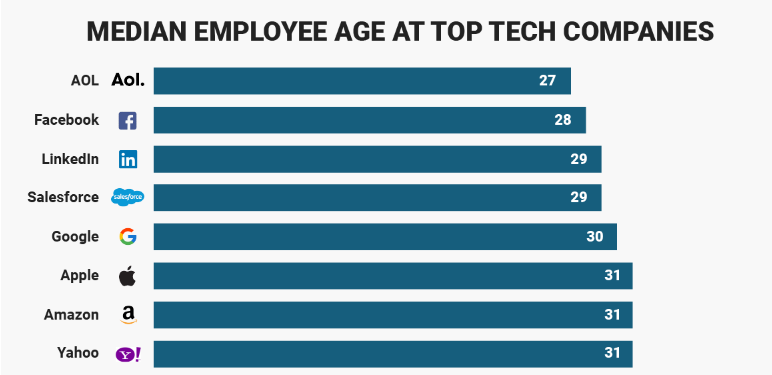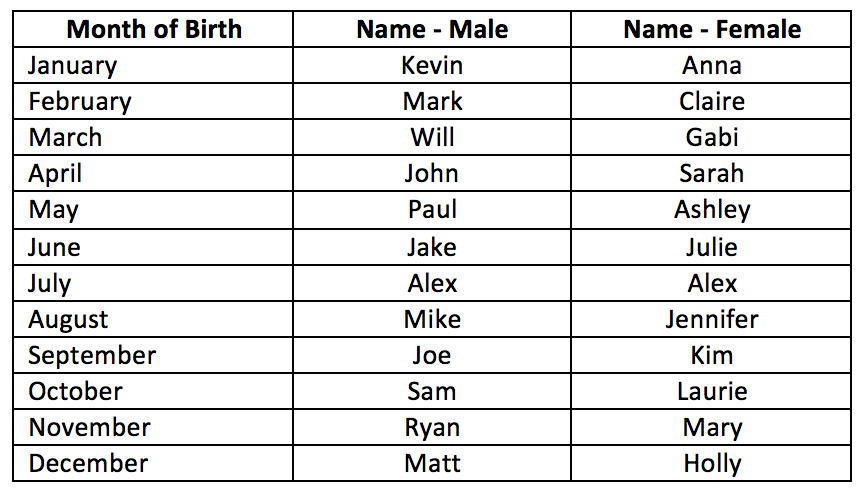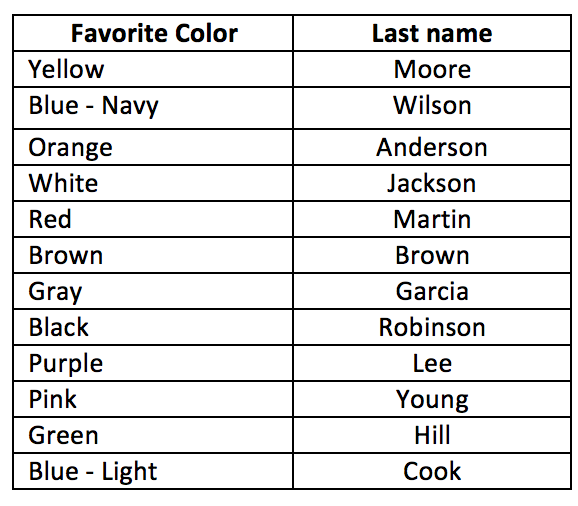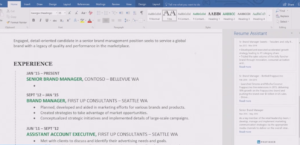We all have heard and know what Racial Profiling is, right?
Well, we get to add something new to our toolbox in recruiting, Generational Profiling!
Targeting someone because of their race is awful and illegal. Targeting someone based on their age is no different. It’s called it Generational Profiling and we are in the middle of an epidemic.
Take a look at the average age of these super popular tech brands:
You don’t have to be a genius to understand what’s going on in hiring in these companies. Remember a couple of years ago when we all got hot and bothered because Facebook and the like weren’t hiring women? Please educate me on how this is any different.
If the world, especially our work world, is moving to more and more of a technology focus, what are organizations doing to ensure they hiring for diversity across generations? I’ll tell you! Nothing! It’s not on the radar of 99.99% of organizations. We don’t give a crap if we hire older workers or not.
But, TIM, you don’t understand, older workers don’t get tech and they don’t want to work in tech!
Really?
Here are some fairly significant tech companies, compare them to the ones above:
27 years old average age of employees to 38 years old average age employees is statistically significant in a giant way!
IBM, Oracle and HP value the diversity of generations in the workplace, and are probably more likely to not be generationally profiling when hiring.
You hear “Generational Profiling” when CEOs of Fortune companies speak at shareholder meetings. They will say things like: “We need to ‘modernize’ our workforce”. They aren’t talking about re-skilling, they’re talking about getting younger, believing that’s their real problem. These old farts can’t do what we need to be done.
So, what do you do about it?
We, talent acquisition, need to start calling this crap out! If your hiring managers weren’t hiring women or minorities because of poor ‘cultural’ fit, you would call them out.
In Generational Profiling, ‘poor cultural fit’ equals ‘overqualified’. “Yeah, I don’t want to hire Tim because he’ll be bored in this role.” Bullshit. You don’t want to hire Tim because you might be challenged by having someone on your team that knows something you don’t!
We have the data to show generational profiling. You can put a report together that shows each hiring manager by age and years of experience, then show the exact same thing for their team, then show the candidates presented in the same manner. A really interesting thing will happen! You’ll instantly see which managers are profiling hires by age!
-Tim is 27 and has 6 years of experience post-college.
-Tim’s team’s average age is 24 and has 3 years post-college.
-Tim’s interviews selected average age is “X” with “X” experience.
-Tim’s interviews declined average age is “X+” with “X+” experience.
Stuff just got real!
No one, and I mean no one, likes to be called a racist or a sexist. Our hiring managers should feel the same way if they were called and ageist, but they’re not. We need that to change.
By the way, you will see this in promotions as well…





